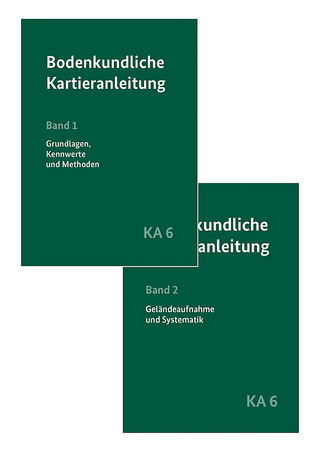
Scientific Satellite and Moon-Based Earth Observation for Global Change
Springer Verlag, Singapore
978-981-13-8033-4 (ISBN)
This book proposes using a series of global change scientific satellites to establish a scientific observation grid for global environmental change monitoring from space, and offers the first comprehensive review of lunar-based Earth observation. These scientific satellites could provide not only basic datasets but also scientific support in facilitating advances in international global change research.
Huadong GUO is a Professor of the Chinese Academy of Sciences (CAS) Institute of Remote Sensing and Digital Earth, an Academician of CAS, a Foreign Member of the Russian Academy of Sciences, a Foreign Member of the Finnish Society of Sciences and Letters, and a Fellow of the World Academy of Sciences. He presently serves as President of the International Society for Digital Earth, Member of United Nations 10-Member Group to support the Technology Facilitation Mechanism, Chairman of the International Committee on Remote Sensing of Environment, Director of the International Centre on Space Technologies for Natural and Cultural Heritage under the Auspices of UNESCO, and Editor-in-Chief of International Journal of Digital Earth and Journal of Big Earth Data. He specializes in remote sensing information mechanisms, radar for Earth observation, and digital Earth science. He has been PI for over thirty major national projects or programs in China, and PI for seven international radar remote sensing projects. He established a radar scattering geometric model for non-vegetated sand dunes, theoretically proving SAR’s penetration abilities, and found a segment of the Great Wall underneath dry sand. He developed radar polarimetric theory for vegetation and discovered the de-polarization phenomenon of volcanic lava and multi-polarization response phenomenon of plants. In recent years, he initiated the concept of Moon-based Earth observation. He has published more than 600 papers and sixteen books, and is the principal awardee of sixteen domestic and international prizes. Wenxue FU received the Ph.D. degree in SAR remote sensing from Nanjing University, Nanjing, China. He is currently an Associate Professor with the Institute of Remote Sensing and Digital Earth, Chinese Academy of Sciences, Beijing, China. His research interests include radar interferometry for ground deformation retrieval and polarimetric SAR interferometry for forest parameter inversion. He has published more than 20 journal papers. Guang LIU is a professor of the Institute of Remote Sensing and Digital Earth, Chinese Academy of Sciences. His interesting is the leading edge research of lunar and deep space Earth Observation and SAR Earth Observation. He is a member of the Youth Innovation Promotion Association of the CAS, the International Association of Electronic and Electrical Engineers, and the International Digital Earth Society. He has published over 30 lead-authored and 35 co-authored peer-reviewed journal articles. He is Principal Investigator of Key Program of National Natural Science Foundation of China, and Leading Investigator of ESA-MOST dragon project.
Introduction.- Part 1 Earth Observation Satellites.- Development of Earth observation Satellites. -U.S. Earth Observation Satellites.- European Earth Observation Satellites.- Other Earth Observation Satellites.-Chinese Earth Observation Satellites.- Plans of Global Integrated Earth Observation.- Part 2 Scientific Satellite Series for Global Change.- Earth Observation and Scientific Satellites for Global Change.- Atmospheric Carbon Satellite.- Aerosol Satellite.- Night Light Satellite.- Forest Biomass Satellite.- Glacier Satellite.- Ocean Salinity Satellite.- Part 3 New Directions of Global Change Observation from Space.- Network of Multi-satellites for Global Change Observation.- Lunar-based Global Change Observation System.- Global Change Comparison between Planets and Earth.
| Erscheinungsdatum | 30.07.2020 |
|---|---|
| Zusatzinfo | 147 Illustrations, color; 39 Illustrations, black and white; XLV, 618 p. 186 illus., 147 illus. in color. |
| Verlagsort | Singapore |
| Sprache | englisch |
| Maße | 155 x 235 mm |
| Themenwelt | Naturwissenschaften ► Geowissenschaften ► Geografie / Kartografie |
| Naturwissenschaften ► Geowissenschaften ► Geologie | |
| Schlagworte | Climate change on Earth • Earth observation • Global change measurement • global change studies • Global Environmental Change • Global observation grid • Lunar-based Earth observation • Observing Earth from space • Remote sensing of global change • Scientific satellite • Stereoscopic observation |
| ISBN-10 | 981-13-8033-3 / 9811380333 |
| ISBN-13 | 978-981-13-8033-4 / 9789811380334 |
| Zustand | Neuware |
| Haben Sie eine Frage zum Produkt? |
aus dem Bereich


